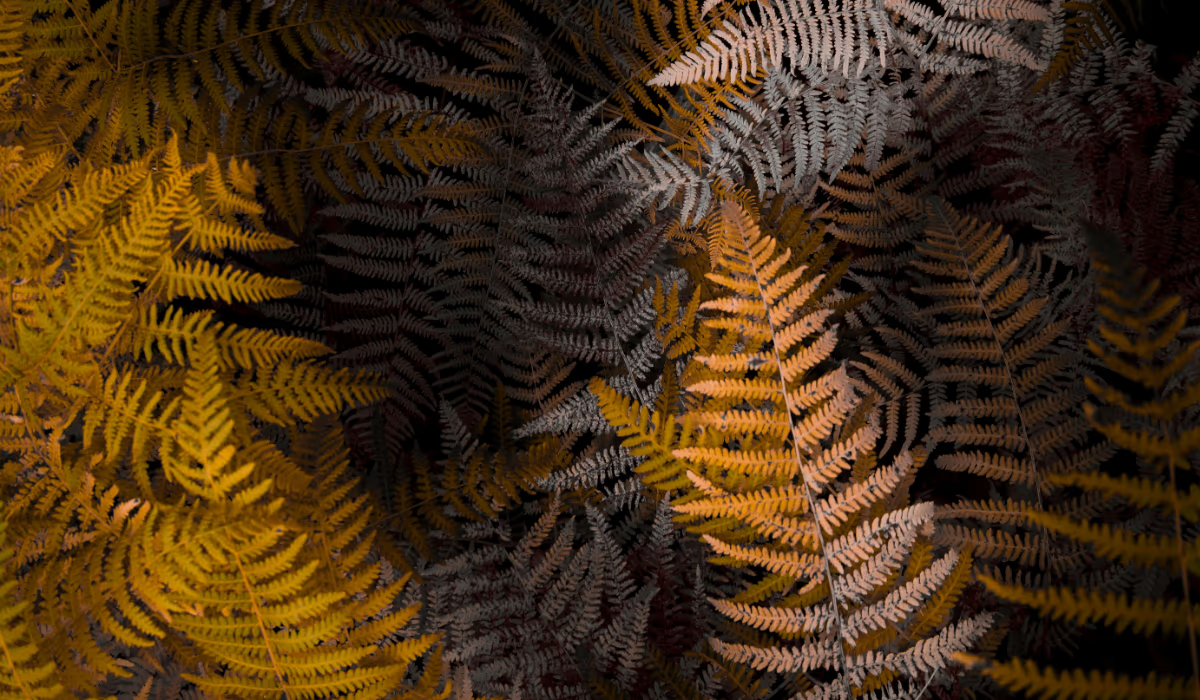Seeing your outdoor plants develop yellow leaves can be alarming. Leaves that are partially or entirely yellow (chlorotic) signal that something is disrupting the plant’s ability to produce chlorophyll or absorb nutrients. Yellow leaves on outdoor plants may stem from environmental stress, nutritional imbalances, pests, or disease. In this article, we explore the most common causes and guide you on how to restore your garden’s green vitality.
Water Stress: Both Too Much and Too Little
One of the most frequent causes of outdoor plant leaves turning yellow is improper watering. Overwatering saturates the soil, reducing oxygen in the root zone and causing root rot. Without healthy roots, plants can’t uptake nutrients, and leaves turn yellow. On the other hand, drought or inconsistent watering causes dehydration, forcing the plant to conserve resources by shedding leaves.
In soils with poor drainage (clay soils, compacted ground), even moderate rain can lead to waterlogging. Conversely, sandy or rocky soils may drain too quickly. For best results, water deeply but infrequently, allowing soil to dry slightly between sessions.
Nutrient Deficiencies & Soil pH Problems
Yellowing often indicates nutrient deficiencies, especially nitrogen, iron, manganese, or magnesium. Nitrogen deficiency causes general yellowing starting from older leaves. Iron deficiency tends to cause yellowing first on the youngest leaves, with veins staying greener (interveinal chlorosis).
Soil pH also plays a crucial role. If pH is too high (alkaline), certain nutrients become less available even if present in the soil. In that case, plants may show yellowing even if fertilizer is applied. Adjusting pH (acidifying or alkalizing soil) helps restore nutrient uptake.
Pest, Disease & Chemical Damage
Sometimes, yellow leaves on outdoor plants are caused by pests piercing leaves or sucking fluids (aphids, mites, scale). The damaged tissue loses chlorophyll and turns yellow.
Fungal or bacterial infections affecting roots or vascular tissues can also produce yellowing, often along with wilting or leaf drop. Herbicide drift or fertilizer burn (overapplication) may scorch leaves and produce yellow patches or margins.
Preventive steps include inspecting plants regularly, using clean soil and tools, avoiding leaf wetness, and applying chemicals cautiously and on calm days.
Natural Aging & Light Deficiency
Not all yellow leaves are a sign of disaster. Older, lower leaves turning yellow is a natural aging process; plants shed leaves they no longer need. If most yellowing occurs on the lowest leaves while new growth is healthy, it’s probably nothing serious.
Another subtle cause is inadequate light. Shade-tolerant plants placed too deep in shade may struggle to photosynthesize, causing leaves to pale or yellow. Adjusting plant placement or pruning overhead branches can improve light levels and restore healthy green foliage.
Restoration Steps & Best Practices
To correct yellow leaves on outdoor plants, follow these steps:
- Check soil moisture and drainage; adjust watering habits.
- Perform a soil test to determine pH and nutrient levels.
- Apply balanced fertilizers or targeted micronutrients based on deficiencies.
- Inspect for pests and diseases, treat as needed (organic or chemical).
- Remove severely yellowed or dead leaves to allow plant energy focus.
- Improve soil with organic matter, mulch, and aeration to support root health.
Conclusion
Yellowing leaves in outdoor plants are rarely caused by a single issue — they usually signal underlying stress. By checking watering practices, soil nutrients and pH, pests, diseases, and light conditions, you can diagnose most problems. With timely action and good cultural care, you can often reverse the yellowing and help your plants return to vibrant green health.
FAQs
Why are only some leaves turning yellow while others stay green?
Yellowing restricted to older leaves often indicates a nutrient deficiency like nitrogen. If new leaves yellow first, the issue may be iron or other micronutrients or a root problem.
Can I spray fertilizer to fix yellow leaves quickly?
Foliar spray might help temporarily, but it’s best to correct underlying soil issues. Overuse of sprays can cause further stress or burn the foliage.
How do I know if yellowing is due to disease or nutrient issues?
If yellowing is accompanied by spots, wilting, or patterns (veins staying green while tissue yellows), disease or pests may be involved. Uniform gradual yellowing points more to nutritional or water causes.
Should I just remove all yellow leaves immediately?
Remove severely affected leaves to reduce stress, but don’t strip all yellow leaves at once — plants need foliage for energy while recovering.
How soon can I expect recovery after treating yellowing causes?
You may see new green growth in days to a few weeks, depending on plant type, severity, and environmental conditions.







